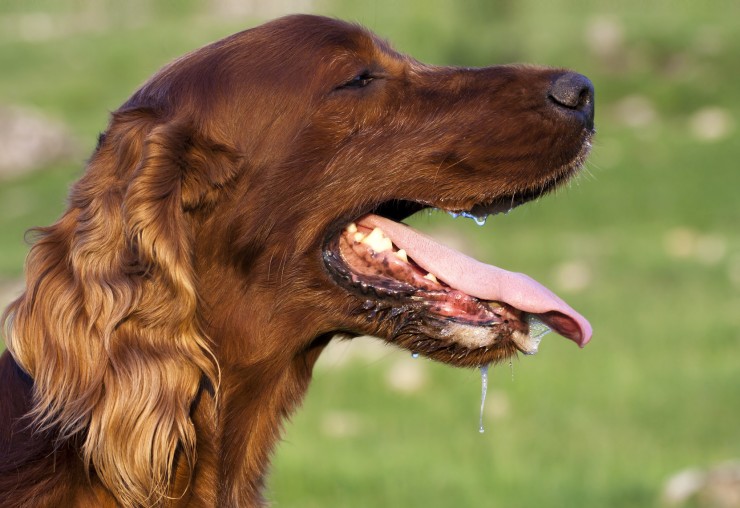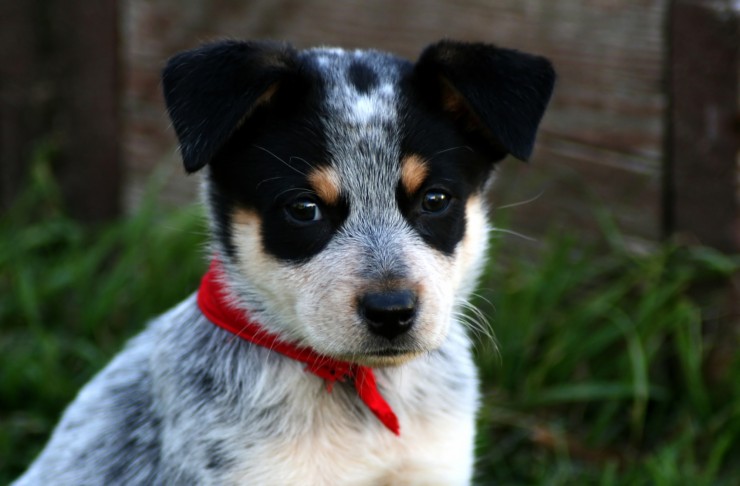
Iguanas are probably the most popular lizard kept as a pet today. Many pet stores tell people that they are very easy to care for, but this isn’t true. They actually have very strict care requirements. They also can grow to be extremely large!
Many get baby iguanas not realizing how large they get. They aren’t one of these animals that just grow as large as their tank. When they get bigger, they will need a very large cage, or their own room.
When you select an iguana, try to get one that looks alert and healthy. Make sure there are no sores or abrasions on their body and also look for bright, clear eyes. You should also be sure that the place you get your iguana cleans the cages regularly. If the iguanas are living in dirty conditions, they could very well be sick.
The first thing you will need for your iguana is a cage. If you got a baby, it is best to start with a thirty to fifty gallon aquarium. As your pet grows, it will need a larger cage. You will probably end up having to build a custom cage. The cage needs to be at least one and a half times longer than the length of the lizard, two thirds times wider than the length of the lizard and the same height as the lizard’s length. Iguanas love to climb, so try to get a tall cage.
You will need to keep some kind of substrate at the bottom of the cage. Artificial turf, orchid bark, carpeting, alfalfa pellets, or newspaper all work well. Do not use wood chips or cedar chips. Bark and wood chips can attract insects while cedar chips can be toxic.
In the cage you will need to have branches set up for your iguana to climb on. Iguanas live in trees in the wild, so branches are a necessity. The branches should be large enough so that the iguana doesn’t have trouble laying on them. Hot rocks are not recommended because they can cause burns.
Iguanas need to be kept warm in order to be healthy. Keep a thermometer in their cage so you can monitor the temperature. The cage should be kept around 85 degrees in the day and in the low 70s at night. You will also need a spot close to the heat source where your iguana can lay in the heat. This basking spot needs to be between 95 and 100 degrees. There should be an area in the cage that is shady so your iguana can go there if they want to get out of the sun.
Iguanas need to be fed a diet that is low in phosphorous, high in calcium and contains Vitamin D3. They should be fed lots of greens, such as collard greens, dandelion greens, mustard greens, and turnip greens. Greens should be the large majority of their diet. Fruits and vegetables like squash, yams, zucchini, raspberries, bananas, and blackberries can also be added.
Iguanas don’t actually drink very much. They get most of their water out of the air. You should mist your iguana regularly or put a humidifier in their tank. Humidity in their cage needs to be between 95 and 100 percent.
When you bring your iguana home, let it settle in for about a week. Don’t try to handle it during this time. After that, start to hold it for brief periods daily. Your iguana will soon become much calmer. Stroking their neck and sides also seems to help a lot. Never pick up your iguana by the tail.
To keep your pet happy and healthy, you will need to keep their tank clean, provide food and water and spend as much time with them as you can. You should also find a vet in your area that treats iguanas. Bring your iguana to the vet regularly for checkups.
Michael Russell
Your Independent guide to Pet Care
Article Source: http://EzineArticles.com/?expert=Michael_Russell
 Dogs And Dental Antibiotics
Dogs And Dental A
Dogs And Dental Antibiotics
Dogs And Dental A
 Dog Food And Your Dogs Health
Dogs have survived for thousands of years on meat and th
Dog Food And Your Dogs Health
Dogs have survived for thousands of years on meat and th
 Top 5 Excuses Why People Feed Their Dogs Too Much Food
Top 5 Excuses Why
Top 5 Excuses Why People Feed Their Dogs Too Much Food
Top 5 Excuses Why
 What Your Choice Of Dog Say About You?
What Your Choice
What Your Choice Of Dog Say About You?
What Your Choice
 Benefits of Mobile Dog Grooming
Benefits of Mobile Dog Grooming
Mobile dog gro
Benefits of Mobile Dog Grooming
Benefits of Mobile Dog Grooming
Mobile dog gro
Copyright © 2005-2016 Pet Information All Rights Reserved
Contact us: www162date@outlook.com